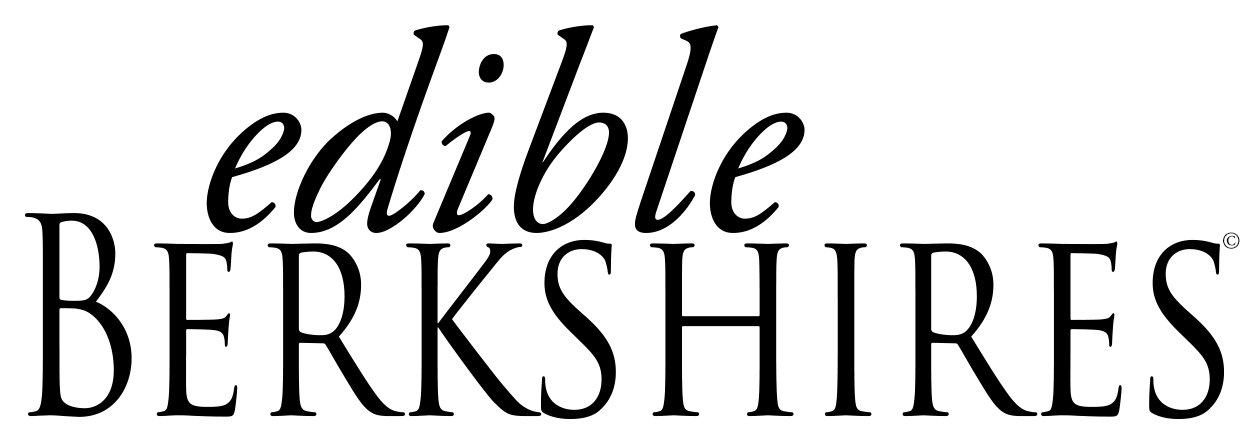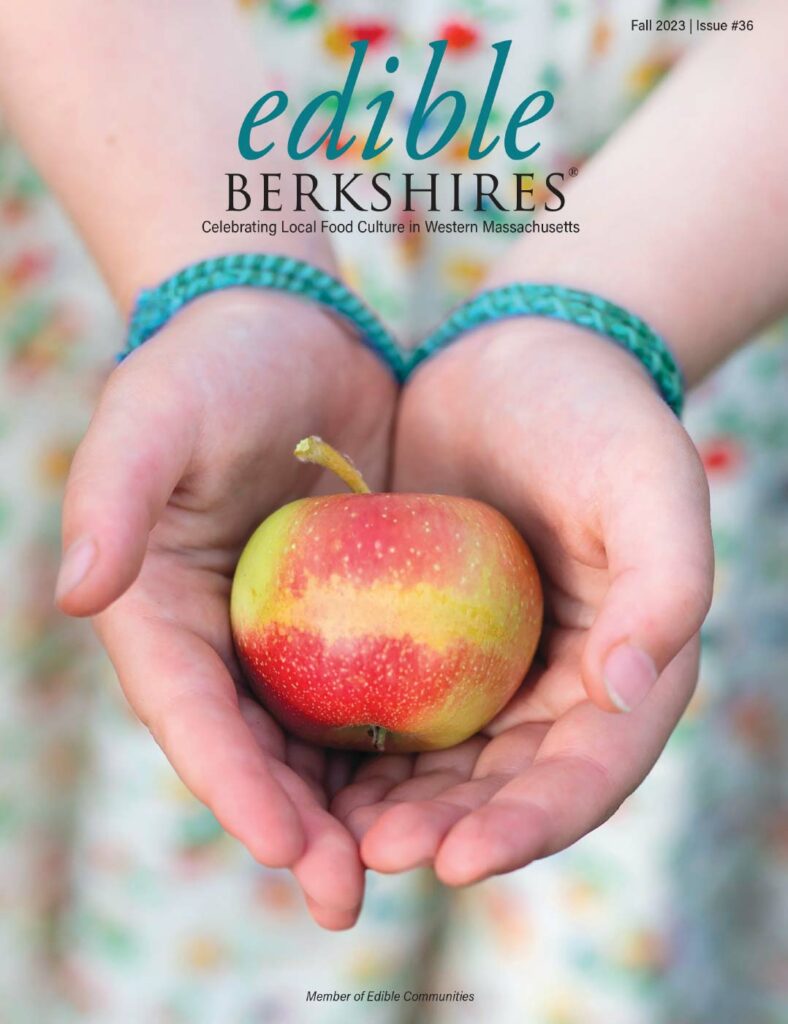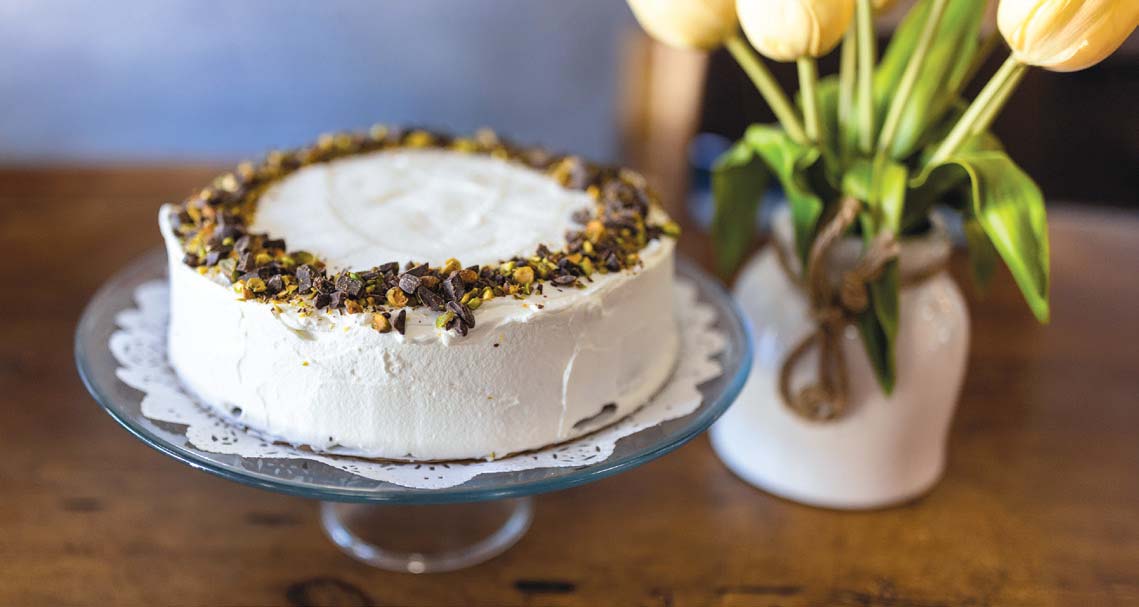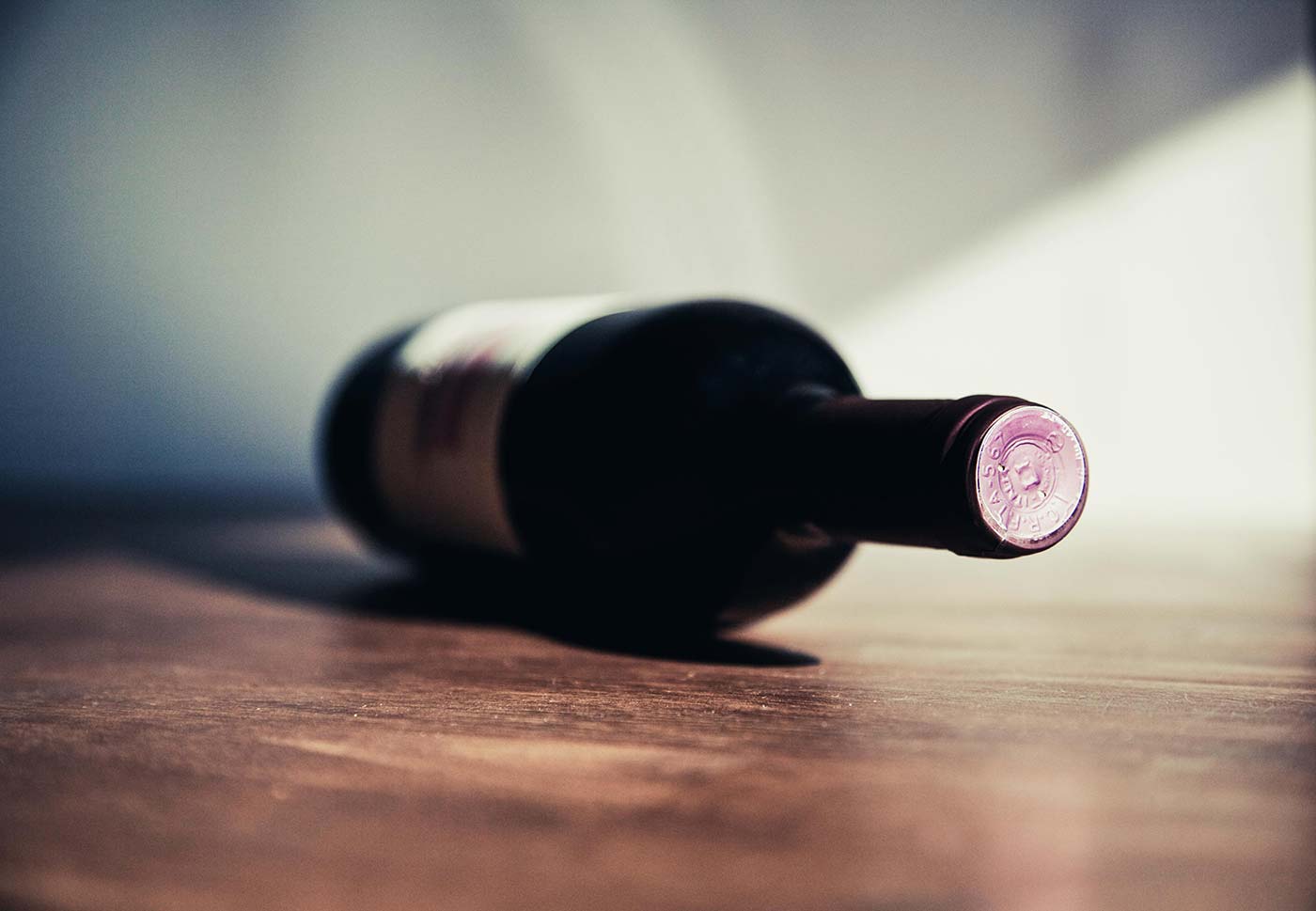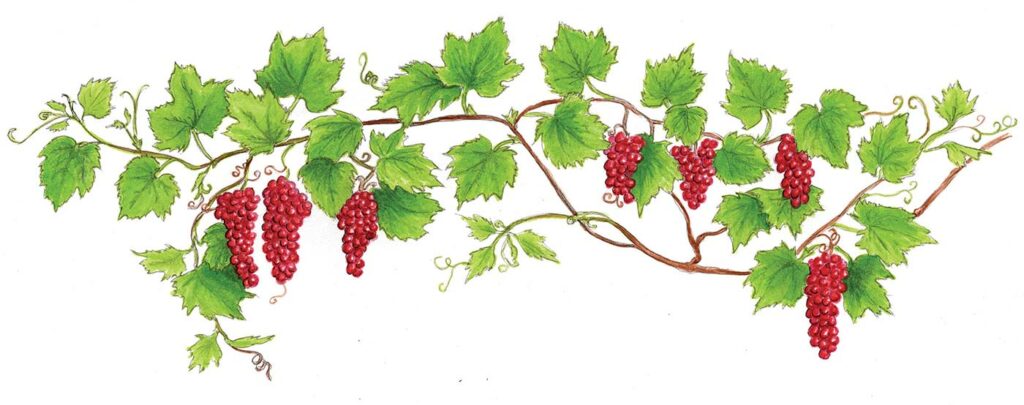
“In victory, you deserve champagne. In defeat, you need it.” —Napoleon Bonaparte
There’s nothing like a crowd-pleasing sparkling wine to start a celebration. With its crisp, invigorating character, this bubbly delight is crafted in many styles and from all corners of the globe. Whether it’s from the grand vineyards of Europe, the vibrant wineries of the Americas, or even the enchanting landscapes Down Under, a sparkling wine in a beautiful glass always brings a smile.
When one thinks of “sparkling wine,” the first word that springs to mind is often “champagne.” Champagne, a name jealously guarded in France, holds a prestigious and meticulously protected designation. To earn the coveted title of “Champagne,” a sparkling wine must satisfy three distinct criteria. First, it must originate from the limestone hills of Champagne, a region just two hours east of Paris. Second, it must be crafted using Chardonnay, Pinot Noir, or Pinot Meunier grapes. Finally, it must undergo production following the “méthode champenoise” (also known as the “méthode traditionelle”— traditional method).
DRY SPARKLING
The méthode champenoise is a complex process in which effervescence is induced by introducing yeast and sugar into already bottled wine following the initial fermentation. As the added yeast consumes sugar, it produces carbon dioxide, thus giving rise to the effervescent quality. Then the bottle is rapidly frozen, the residual yeast sediment is removed, and a secret blend of wine and sugar is introduced in the bottle to get the desired acidity level, which may range from brut, to dry, or semi-dry.
SWEET SPARKLING
In contrast, a simpler method for creating sparkling wine is the Charmat-Martinotti method, pioneered by the Italian Federico Martinotti and the French Eugene Charmat toward the end of the 19th century. This approach involves introducing the second dose of yeast and sugar into a sealed steel tank before bottling the wine as effervescence commences. The Charmat-Martinotti method is widely employed in Italy, producing renowned varieties such as Asti, Prosecco, and Lambrusco. Wines produced using this method generally tend to be sweeter than those crafted using the méthode champenoise.
WHAT’S YOUR PREFERENCE?
Sparkling wines crafted using the méthode champenoise outside the Champagne region are often referred to as “crémants.” These delightful creations typically showcase the unique local grape varieties. For instance, Crémant d’Alsace, made in the Rhine Valley, along the German border, may feature Riesling or Pinot Gris grapes, Crémant de Bourgogne (Burgundy) may incorporate Aligoté grapes, and Crémant de Loire, from the heart of the Loire Valley, is known for its use of Chenin blanc grapes.
Beyond France, the gentle slopes of Penedes, in Catalonia, Spain, produce wonderful sparkling wines known as “cava,” while in Australia and California, many sparkling wines are also meticulously crafted using the méthode champenoise. It’s worth noting that the United States has, until recently, not strictly enforced the international convention that reserves the name “Champagne” exclusively for the French region. However, as consumer awareness and education grow, the term “American Champagne” is gradually being phased out by producers.
In recent times, there has been a resurgence of interest in “pétillant naturel,” affectionately known as “pet nat.” This sparkling wine revival hearkens back to a 16th-century method of creating effervescence. Pet nat is bottled during the initial fermentation, when the freshly harvested wine is just commencing its transformation, and the yeast is in the early stages of sugar consumption from the grape juice. The outcome is a wine that exhibits a lively effervescence, leaning toward the sweeter side because the yeast has not yet fully consumed all the sugar, and it imparts robust aromas reminiscent of yeast and brioche.
RARE RED SPARKLING
While most sparkling wine varieties are white or rosé, there are a few exceptional red sparkling wines worth mentioning. Originating from Italy’s Emilia-Romagna region, Lambrusco stands out as one of the most renowned “frizzante” (slightly sparkling) red wine blends. While it is predominantly available as a sweet dessert wine (dulce or semisecco), you can also find it in a dry version known as “secco.” With delightful hints of red fruits like cherry and rhubarb, Lambrusco makes for a blustery evening beverage to sip by the fire while the snow is falling outside.
Another noteworthy sparkling red wine, though somewhat rare outside of Australia, is the sparkling shiraz. The aromas of blackberry, plum, and a hint of spice, offer a richer and more tannic profile compared to Lambrusco. This makes it an ideal and stylish companion for any holiday meal.
WHO PUT THE BUBBLES INTO THE BUBBLY?
Sparkling wines have a long history dating back to the ancient Greeks and Romans. The effervescence in these wines is a natural outcome of the fermentation process, where yeast found on the grape skins consumes the sugar in the juice, resulting in the production of carbon dioxide (CO2) bubbles and ethanol, the alcohol content in the wine.
Until the Renaissance period, effervescence was often considered a flaw and a sign of inferior quality, leading to sparkling wine being derogatorily referred to as “the Devil’s wine” due to its tendency to pop corks off bottles and barrels. However, a significant shift occurred when the monks of Saint-Hilaire Abbaye, located near Limoux in the Pyrénées foothills, successfully mastered the effervescence process. They officially charted the famous Blanquette de Limoux, which is still produced to this day. The earliest recorded mention of Blanquette de Limoux dates back to 1544, when it appeared on a sales receipt for a local noble.
More than a century later, in the 17th century, Dom Pérignon (1638–1715), a monk in the Champagne region, found himself grappling with the challenge of controlling the effervescence in the local wine. Having learned about the techniques employed by the Saint-Hilaire monks, he made the journey to the windswept hills of Limoux, near the picturesque medieval city of Carcassonne, to acquire their knowledge. Dom Pérignon not only learned their methods but also enhanced them, most notably by introducing a bottle sealant crafted from natural cork secured with either a string or a steel wire.
It was a pivotal moment when Louis XIV declared his fondness for the sparkling wine from Champagne, leading to its popularity at the Versailles court. From that point on, the fate of Champagne as a favored and iconic drink was sealed, and the rest is history!
WHAT TO PAIR WITH SPARKLING WINE?
Sparkling wines, such as traditionally made champagnes and crémants, offer incredible versatility when it comes to food pairings. Their natural acidity makes them a delightful accompaniment to a wide range of dishes. Many restaurants even offer different champagne options for each course.
While champagne has long been associated with luxury foods like foie gras and caviar, it can also be wonderfully paired with fatty cheeses like Brie or goat cheese, as well as with more robust cheeses such as Gruyère or Parmesan. Seafood lovers can rejoice, too, as champagne complements shrimp, sushi, and smoked salmon beautifully. If you’re sipping on rosé champagne, consider pairing it with cured or smoked meats, duck, or even dishes with a hint of spice, like curry or pad Thai.
If you’re enjoying sweeter sparkling wines like Prosecco, they make perfect dessert companions. Pair Prosecco with Italian pastries like cannoli or panettone, with fruit tarts, or citrusy desserts. Surprisingly, it also creates an interesting contrast when enjoyed with antipasti or alongside a platter of fatty cheeses.
To cap off this discussion, let’s explore three delectable sparkling wine cocktails for your holiday celebrations. First, indulge in a Parisian classic: the Kir Royal, a blend of champagne with a hint of black currant liqueur. Then, venture to Venice for its Italian cousin, the Bellini, which combines Prosecco with a dash of peach puree. And don’t forget its American sibling, the Mimosa, crafted from California sparkling wine and a splash of fresh orange juice. Cheers to a sparkling holiday season!
